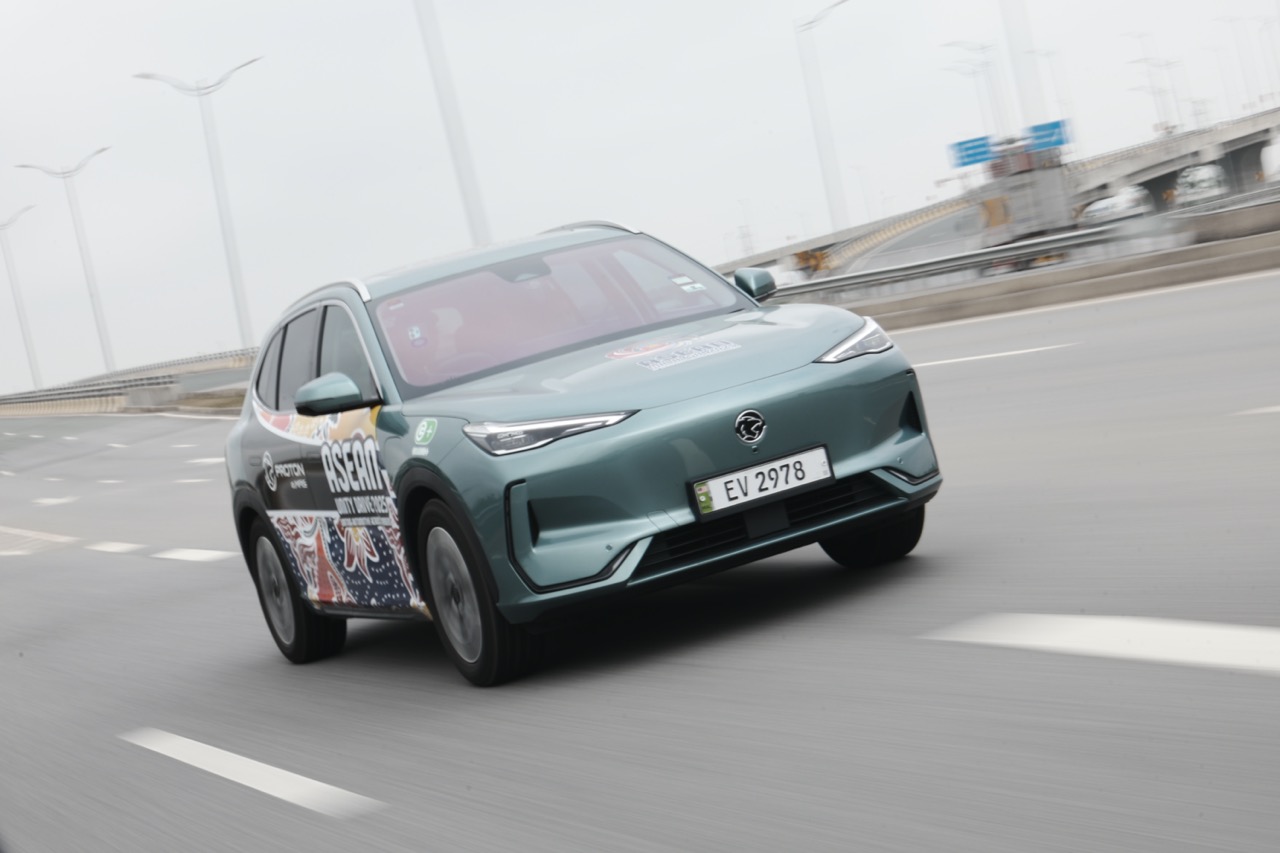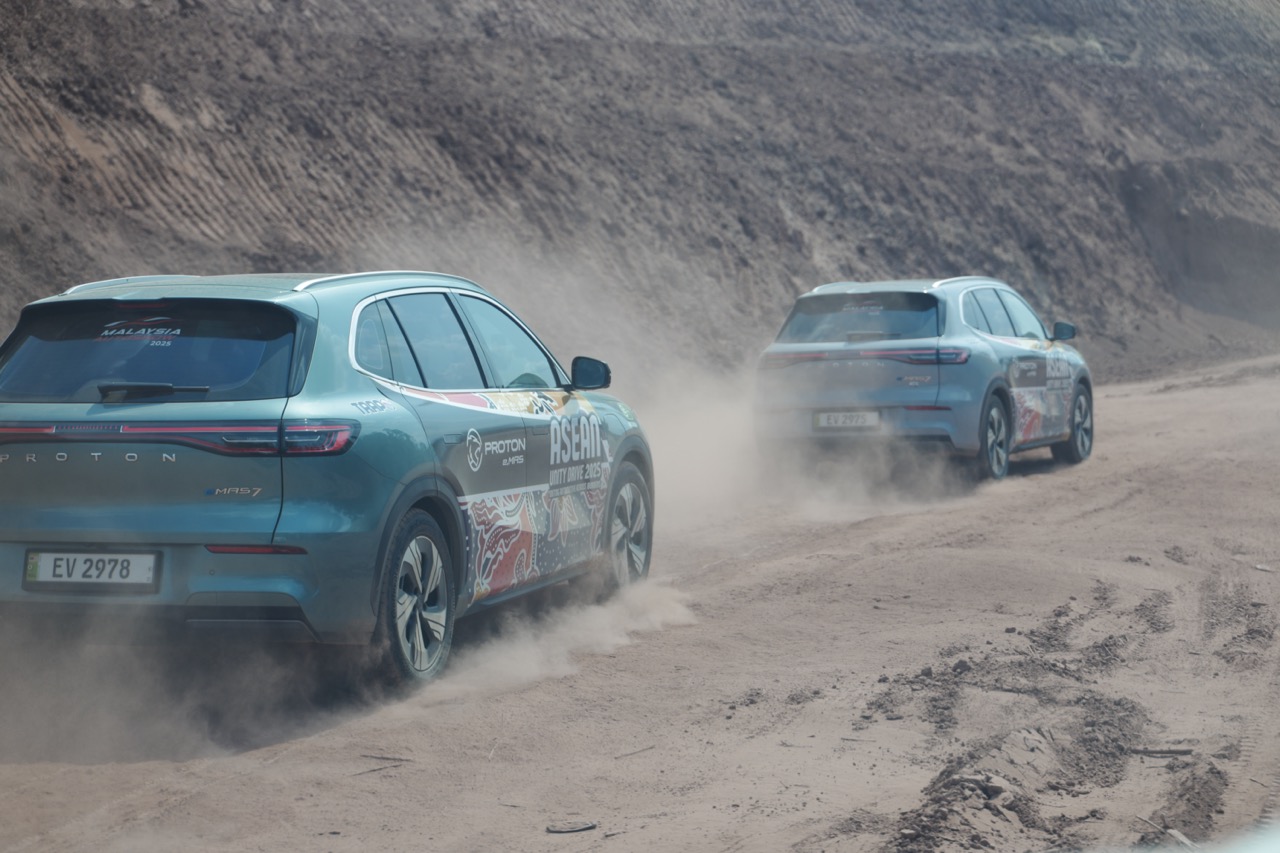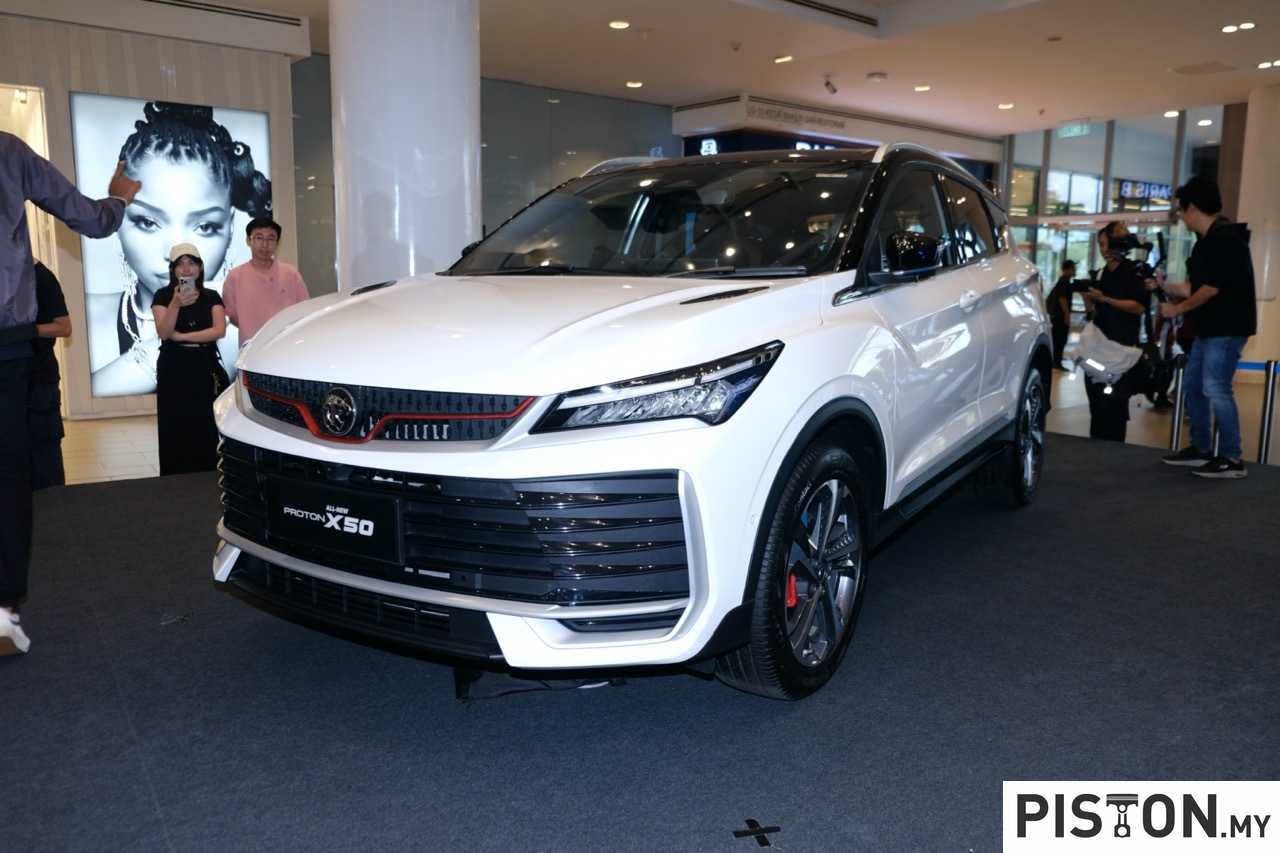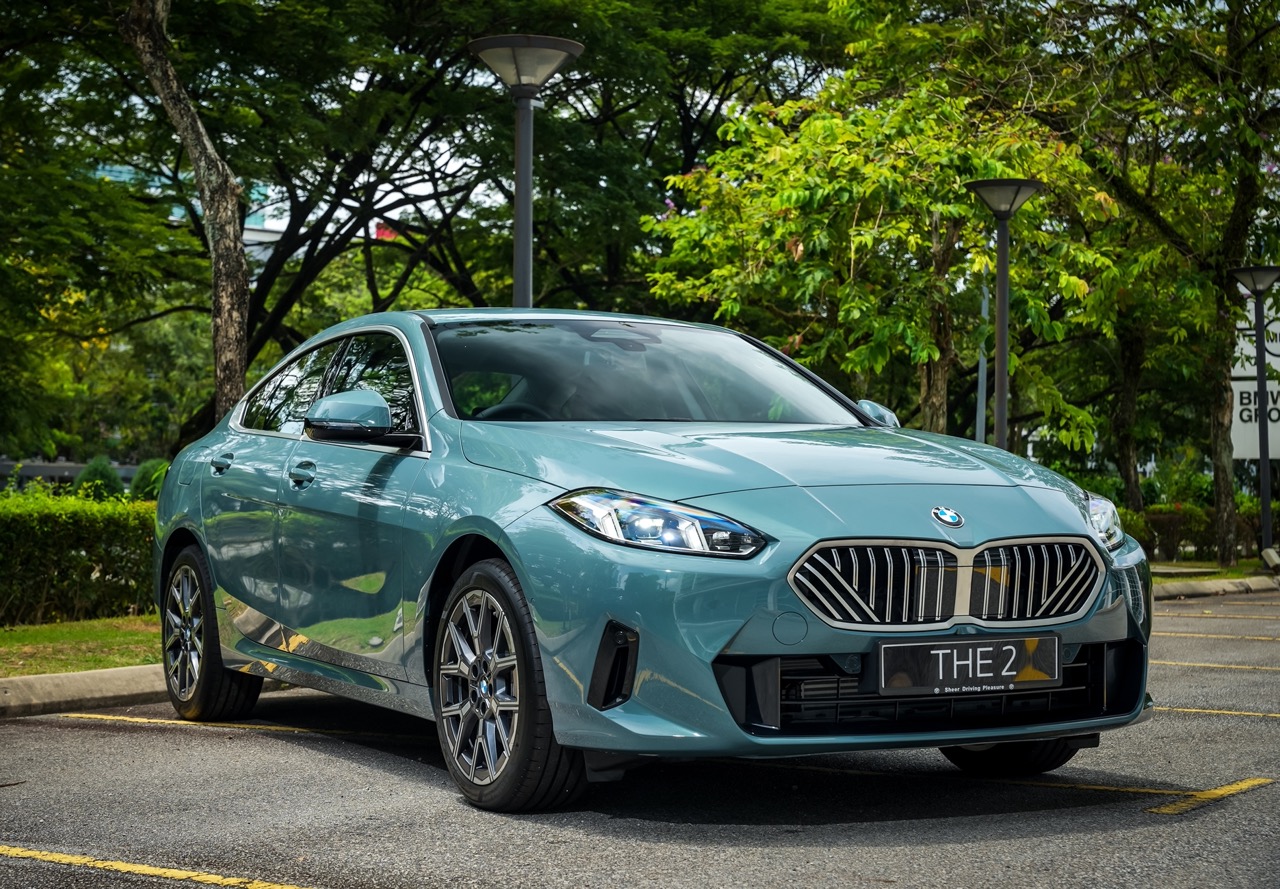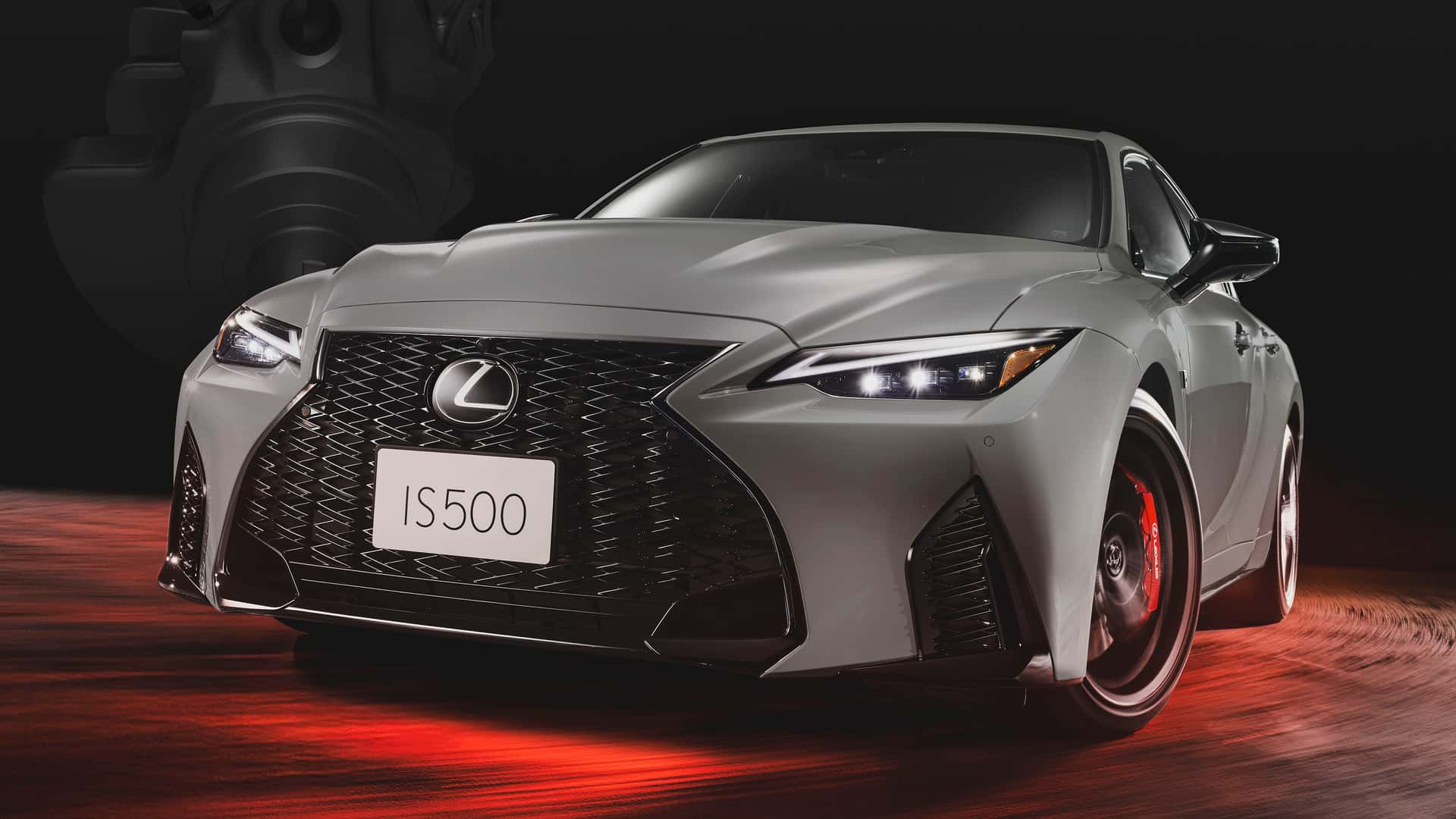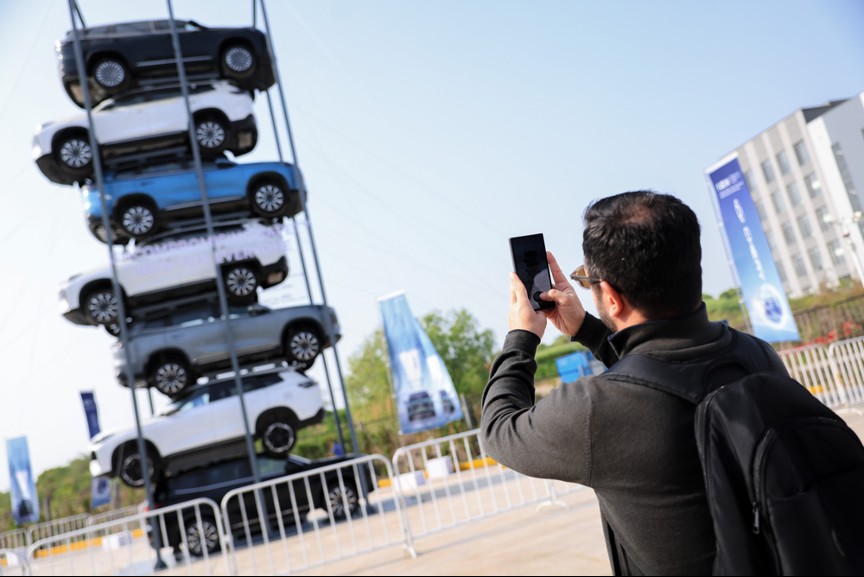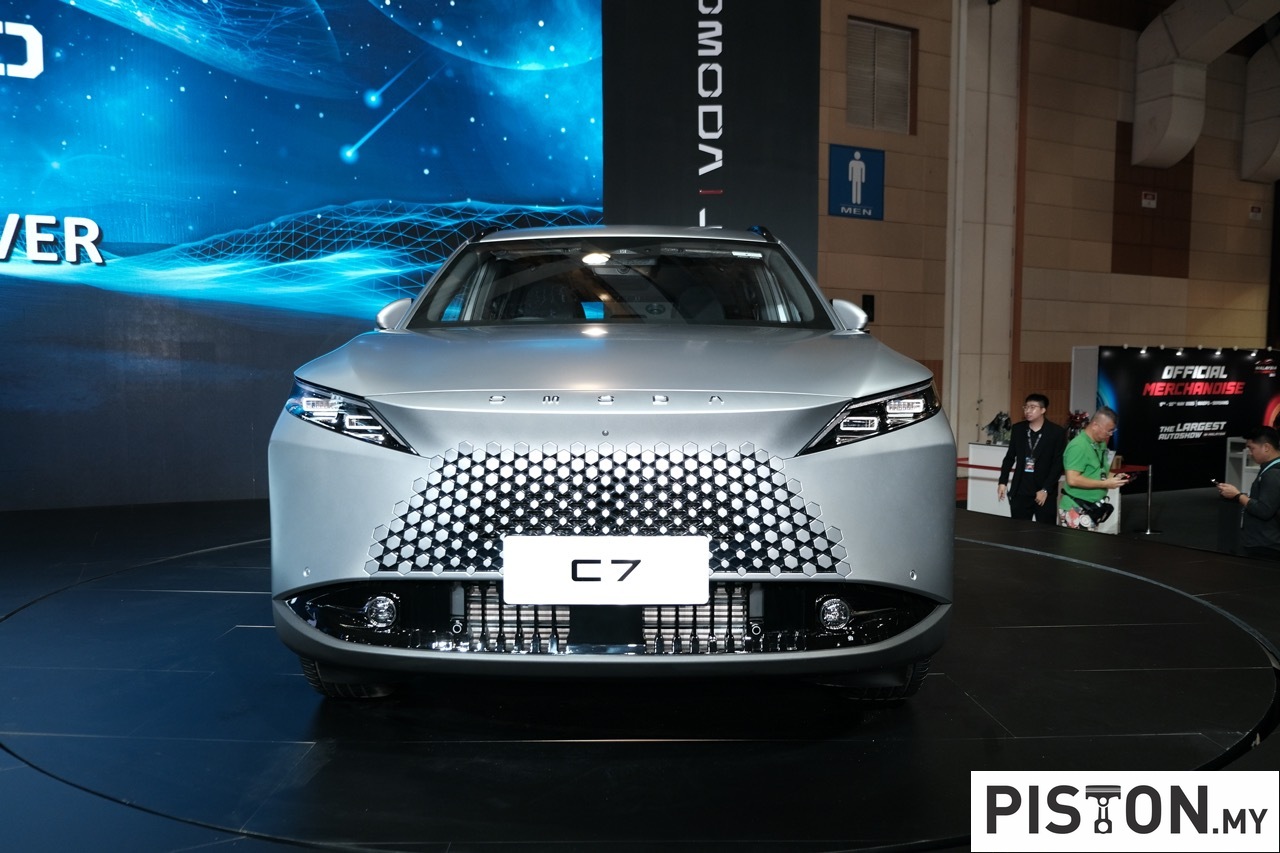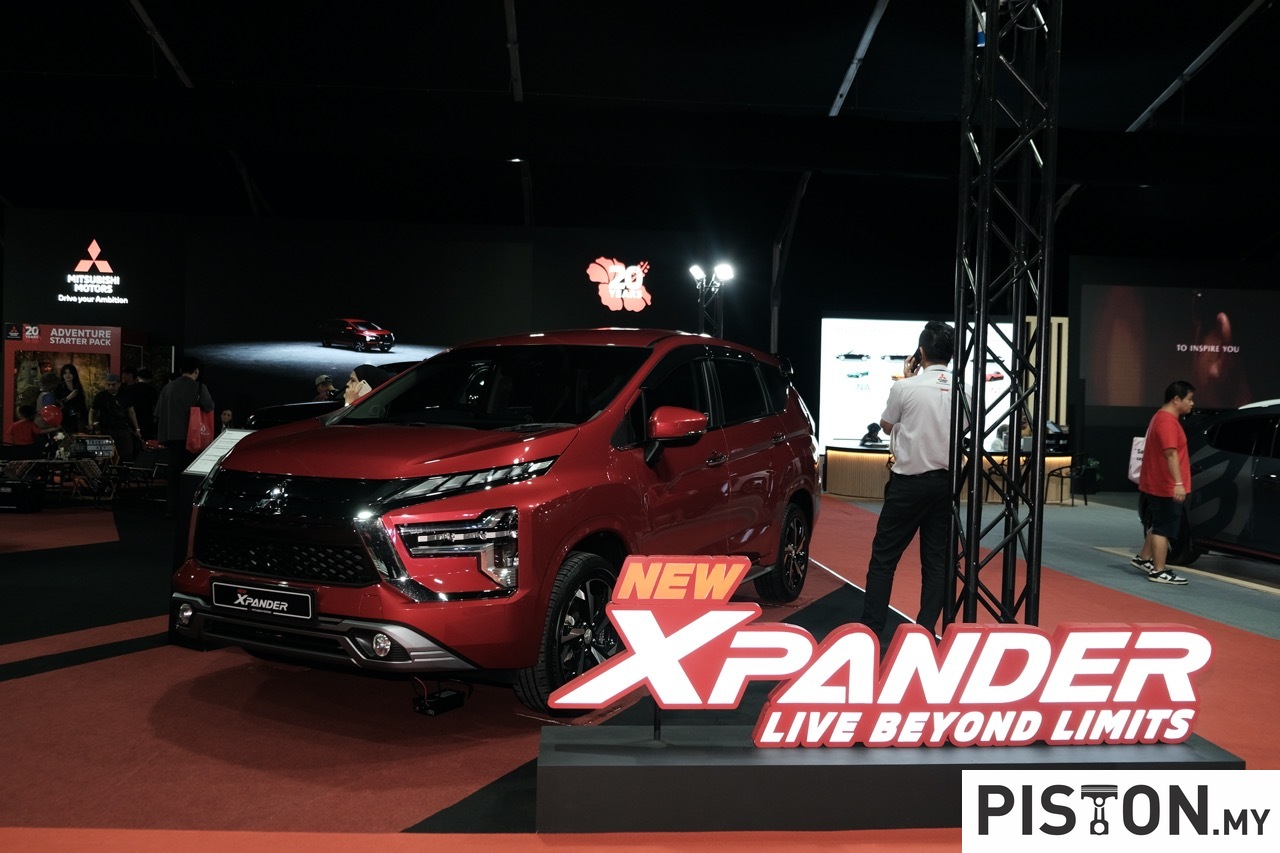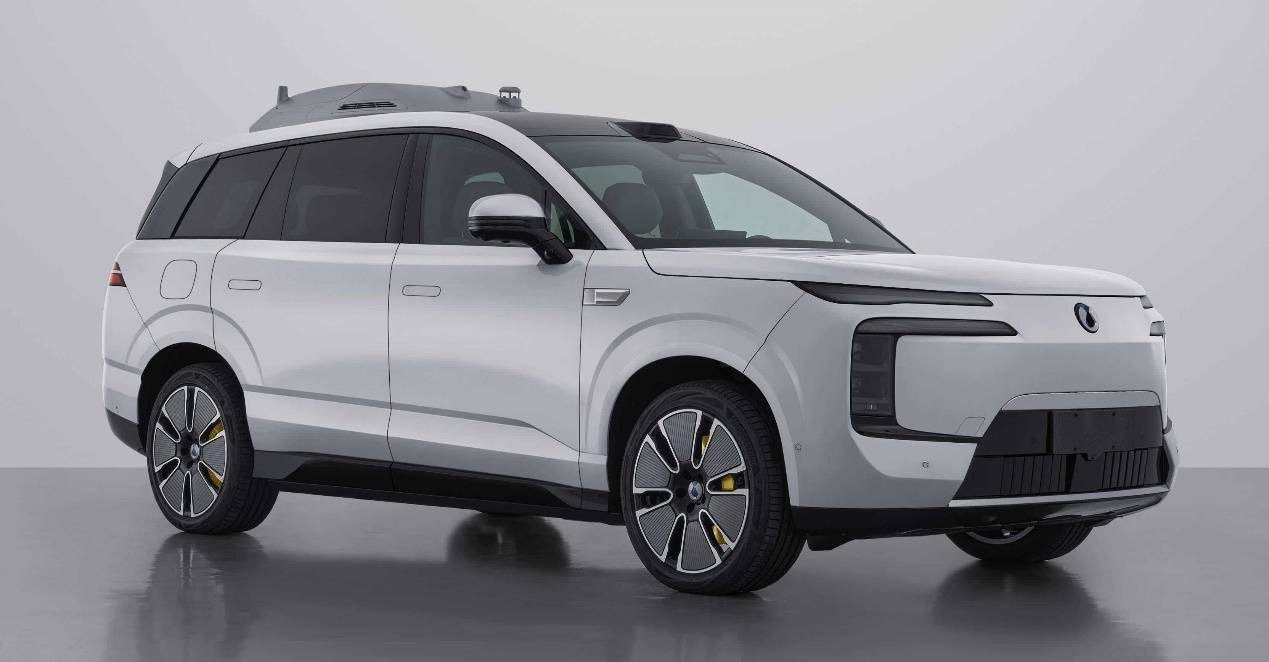In a landmark demonstration of endurance and technological prowess, the Proton e.MAS 7 has completed a remarkable 10,432-kilometre journey across nine ASEAN nations, marking a pivotal moment for Malaysia’s electric vehicle industry. The ambitious journey was conducted under the ASEAN Unity Drive 2025 programme, led by the Malaysia Automotive, Robotics and IoT Institute (MARii), and concluded without a single incident, underscoring the vehicle’s resilience and reliability.
Recognised as Malaysia’s leading electric vehicle, the e.MAS 7 embarked on a 22-day expedition that spanned Vietnam, Laos, Cambodia, Thailand, the Philippines, East Malaysia (Sabah and Sarawak), Brunei, Indonesia, and Singapore before returning home. The expedition surpassed its original target of 9,000 kilometres by over 1,400 kilometres, affirming the e.MAS 7’s position as a benchmark in electric mobility for the region.
The journey served as a real-world test of the e.MAS 7’s endurance under Southeast Asia’s notoriously demanding road and weather conditions. The vehicle’s advanced battery system performed consistently despite long distances, tropical humidity, heat, and unpredictable terrain. Notably, the vehicle completed the entire route without encountering any battery-related faults, a testament to its engineering and safety standards.
Zhang Qiang, Chief Executive Officer of PRO-NET, acknowledged the significance of the achievement by noting that completing over 10,000 kilometres without a single battery failure highlights the capability of the e.MAS 7. He credited the success to the collective effort behind the project and regarded the journey as a shared accomplishment across the entire development team.
Throughout the journey, the drivers encountered a wide range of challenges that put both vehicle and team to the test. Mohd Adib bin Mohd Azam recounted an episode where the vehicle’s remaining battery range was insufficient to reach the next official charging station. The team adapted by using a portable AC charger at a local coffee shop to gain enough power to continue.
Similarly, Muhammad Taufiq bin Mohd Zin described a tense moment during the drive from Laos to Cambodia, where a 356-kilometre gap between charging stations provoked concern despite the e.MAS 7’s official range being adequate. He highlighted that while the numbers offered reassurance, real-world driving conditions introduced an element of unpredictability that had to be carefully managed.
Wan Kok Chai explained how the team resorted to local mobile apps and internet searches to find charging locations, particularly in regions with limited infrastructure. In some cases, they relied on household electricity through mobile chargers to power the vehicle. Actor and mixed martial artist Peter Hugh Davis added that tactical overnight charging became routine during the longer stretches of the journey, allowing the team to prepare the car for the following day’s extensive travel.
Veteran motoring journalist Yamin Vong, reflecting on the drive from Kota Kinabalu to Brunei, praised the e.MAS 7 for living up to its advertised 430-kilometre range even under harsh conditions. He described traversing segments of the Pan Borneo Highway that were still under construction, with gravel paths and potholes resembling a “war zone”. Despite this, the e.MAS 7 handled the terrain confidently, even in the rain-soaked and flood-prone areas near Beaufort. For Vong, the journey reinforced the e.MAS 7 as an inspiring symbol of the viability of EVs in challenging conditions.
The Proton e.MAS 7’s cross-border tour has gone beyond testing technical limits—it has carried Malaysia’s electric aspirations across ASEAN. Its inclusion as the official vehicle for the recently concluded ASEAN Summit 2025 signalled its growing role in regional diplomacy and sustainable mobility. The vehicle transported dignitaries and leaders, becoming a visual marker of Malaysia’s commitment to green technology and regional cooperation.
As the Proton e.MAS 7 continues its role at the forefront of Malaysia’s EV movement, its journey from Pakse to Putrajaya stands as a milestone in ASEAN’s pursuit of integrated, future-ready mobility. This feat not only positions Malaysia as a leader in EV technology but also reflects its broader ambition to drive the region towards a more sustainable automotive future.



